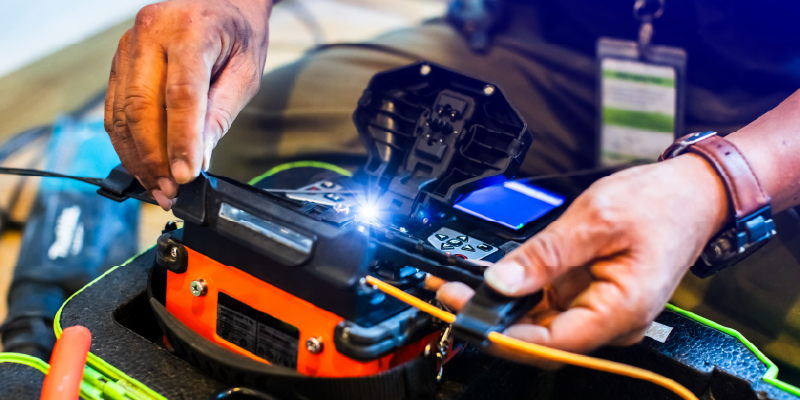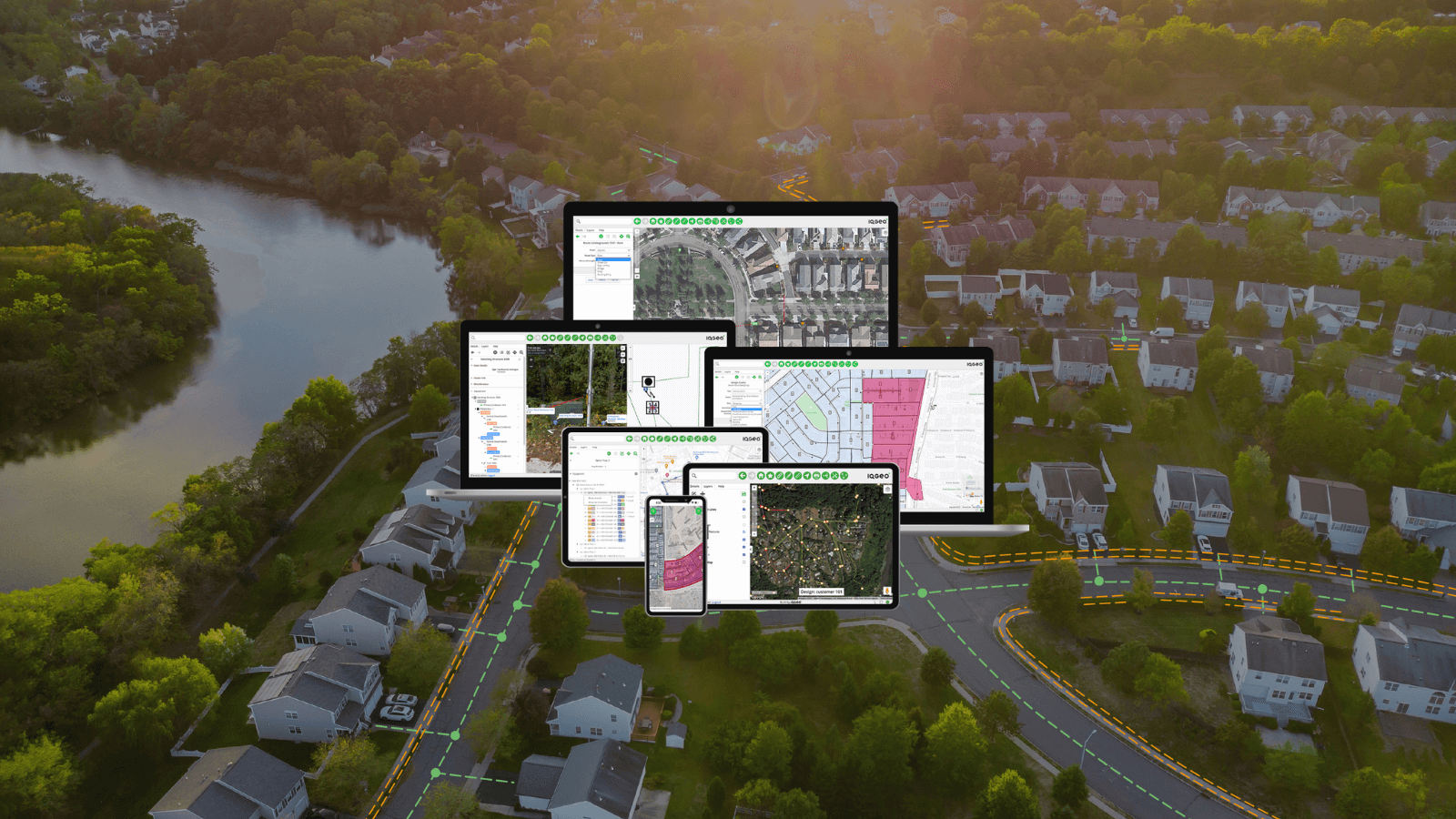When the IQGeo team headed to Orlando for Fiber Connect 2023, we were excited to see the many customers and partners who told us they’d also be attending the Fiber Broadband Association’s keystone event. We definitely enjoyed reconnecting with some of the leading organizations in the fiber industry. But as is usually the case, I also came away with a much deeper understanding of the industry’s trends and challenges from the conversations I had during the conference. Here are my main takeaways.
BEAD grants are top of mind
I had several conversations about the Broadband Equity, Access, and Deployment (BEAD) program, the US federal government’s $42.45 billion plan to expand high-speed internet access across the country. With such a large fund, it’s not surprising that so many fiber organizations would be interested in accessing some of the grant money to fund their new deployments. What struck me is the refrain that they want a better way of predicting the ROI for their new networks than running time-consuming cost estimates over and over. If they could quickly project costs and resources across multiple network architectures, they could build a stronger business case for BEAD grants and do so more quickly.
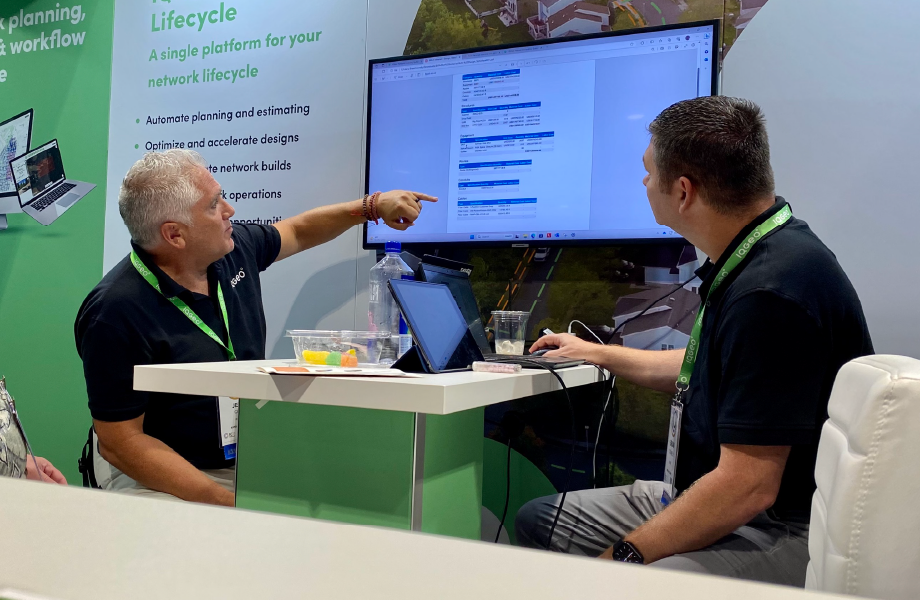
Field updates are still a challenge
This is a refrain year over year for fiber and broadband operators. Whether it’s their own field crews or contractors, they struggle with updating data from the field back to their system of record. Many still rely on paper logs and map markups rather than capturing the data instantly and digitally so that they can make the updates with just a few clicks on a mobile device. The conversations I had focused on how these data lags and inaccuracies affected everything from new network designs to construction tickets.
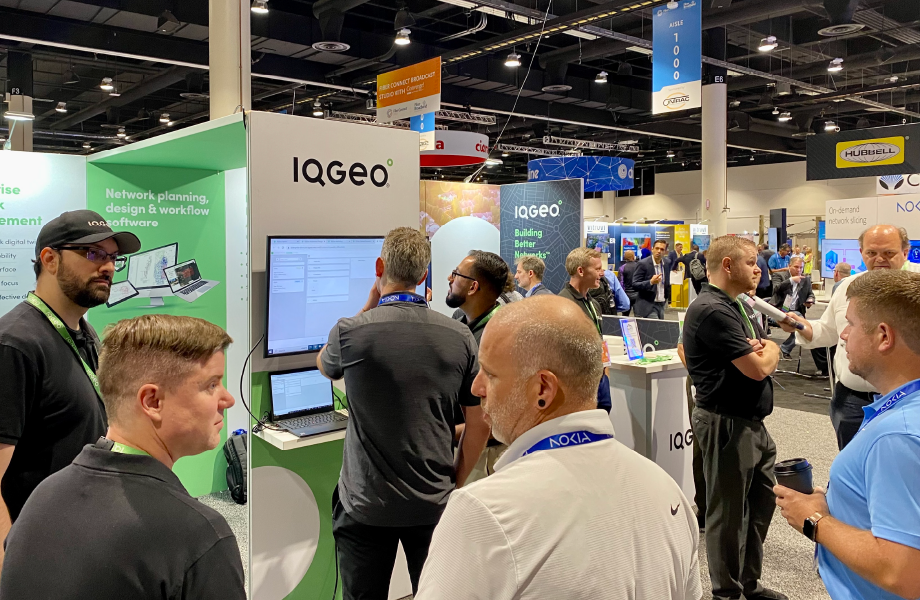
Fiber operators want more automation in construction management
This topic really jumped out this year. The construction process simply has too many hitches to proceed quickly, and the delays have a huge effect on ROI. Fiber operators really want to automate the process as much as possible, and they primarily talked about two ways that needs to happen. First, they want an automated planning and design solution that can auto-load a bill of materials for their new builds. Currently, most fiber operators have silos that prevent a seamless transition from planning and design to construction. Second, their ticket management systems are unwieldy and prevent a clear view of construction progress. What several people wanted is a solution that can combine digital ticket automation with geospatial network intelligence. This would keep everyone, from field techs to contractors to management, on the same page about project progress, any issues encountered, and maintenance ticket status.
Just make my life easier!
I have to laugh a little at this one because I’m summarizing a bit, but I think the point is important. Some fiber organizations mentioned they were stopping by the IQGeo booth because the user interface of their current solution is not user-friendly, so they wanted to see what we offer. Others mentioned that adding or modifying features to their network management solution usually involves writing code, and they don’t have the technical resources to support that. And still others told me that they had trouble keeping clear, current records of their inside plant operations.
From our perspective, it’s refreshing to know that we’ve been following the correct path on our product roadmap, as usability and ease are two of our most important benchmarks. So if you’re experiencing similar issues, we’d love to talk to you about solving them.
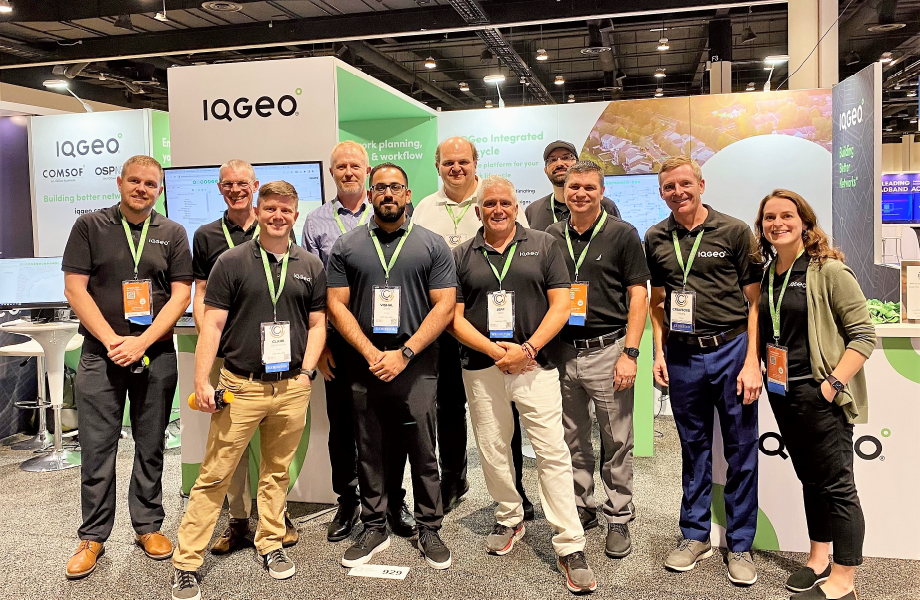
Did you attend Fiber Connect this year? Feel free to reach out and let us know if we captured what you saw and heard!

Senior Solutions Engineer at IQGeo

 Previous
Previous




